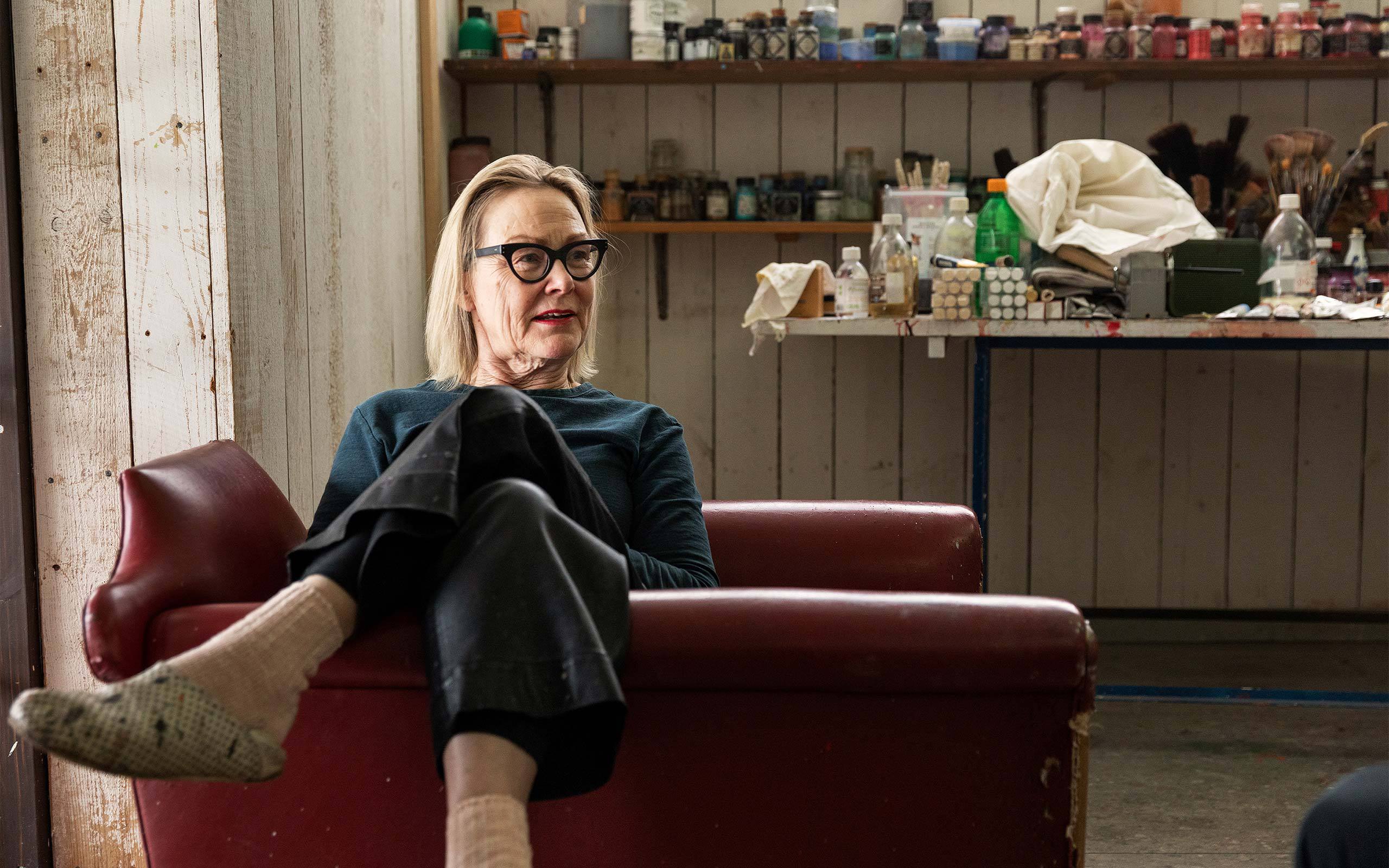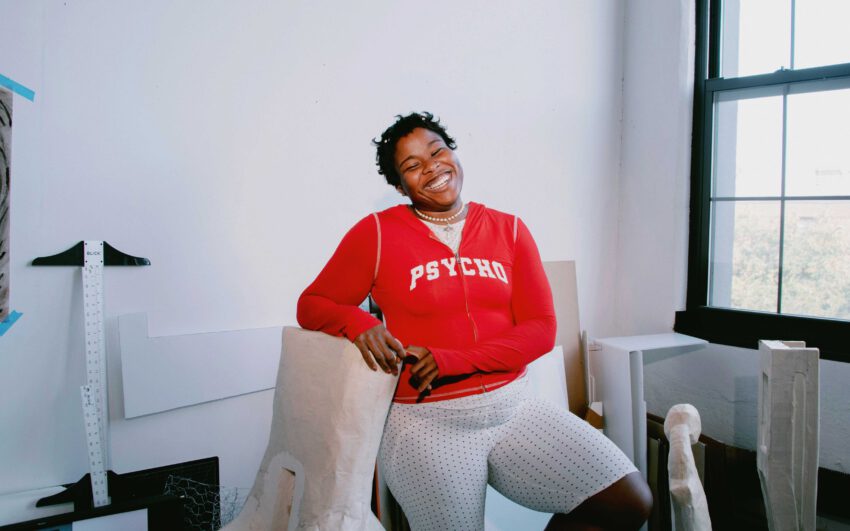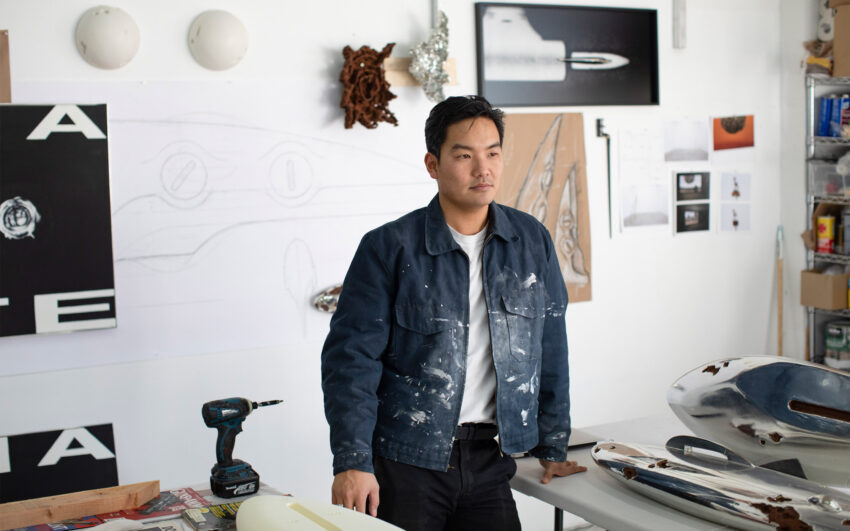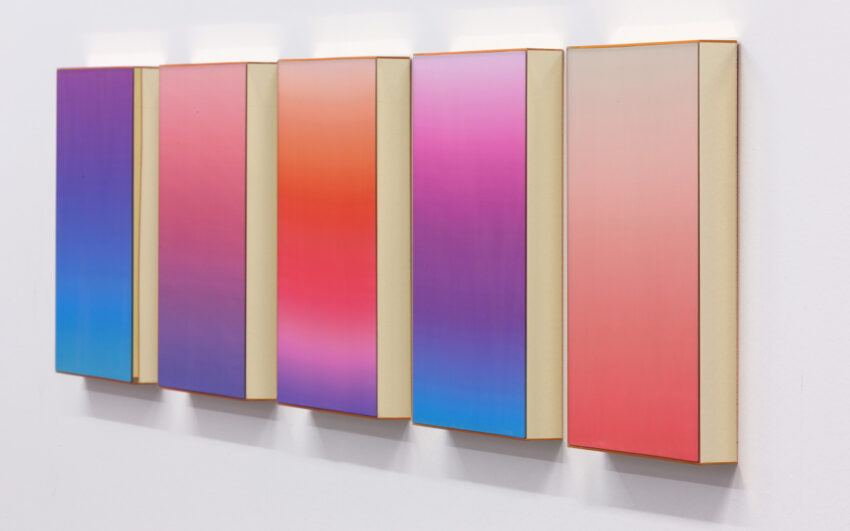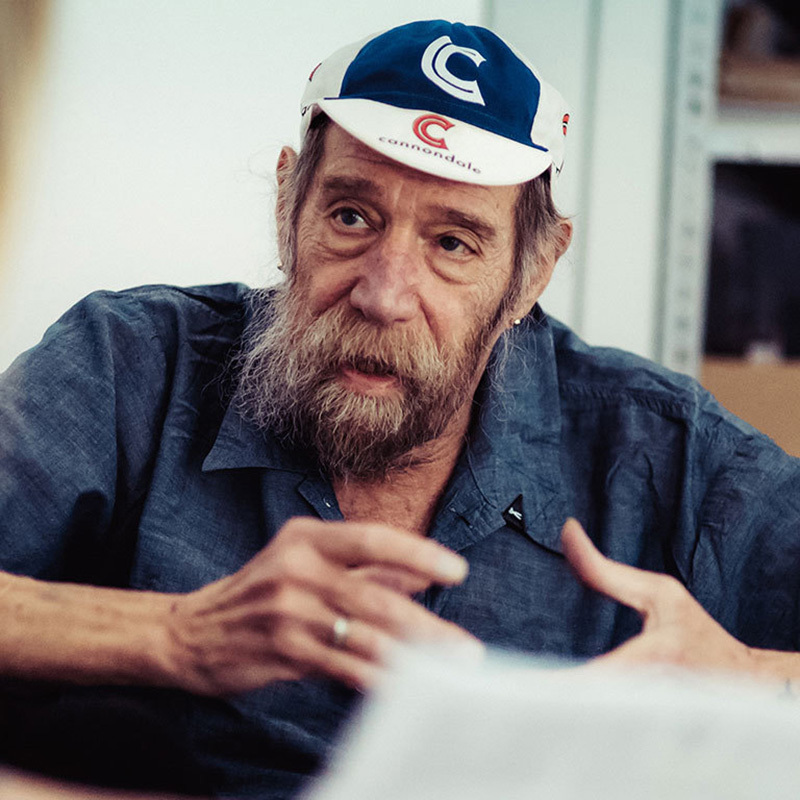The scene for contemporary art in Europe’s North is expanding and developing new dynamics as international collectors are watching the scene. With Nordic Notes we regularly cast the eye on the Nordic art and cultural scene, portraying its important actors.
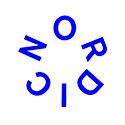
Visiting Marjatta Tapiola, one of the main protagonists of Finnish Neo-Expressionism, in her mansion in Sysmä, a two-hour drive from Helsinki, takes you back in time. From her studio in a 400-year-old threshing house, far removed from the outside world, Marjatta creates her monumental paintings that recount life's cruelty and carnal indulgences and, more recently, increasingly take their inspiration from biblical themes. Despite their airy character and fervent choice of color, Tapiola infuses her contemporary works with a sense of antiquity with the twists of her brush and masterful command of line.
Marjatta, your studio appears pretty bleak. All we can see is white walls and empty canvases.
I just finished an exhibition in Helsinki. In fact it was just taken down last Sunday night. The response to it was good, but once it was all over, I felt extremely lonely and dead tired.
Your first exhibition was in 1977, followed by shows approximately every other year. So you must have found a certain routine of working?
The time before an exhibition is still a dreadful time for me. I work straight up to the exhibition. This time, I even forgot one painting that I had completed the last minute in the studio, it was still soaking wet when it was finally hung in the gallery. Luckily, I only had two nights filled with nightmares right before the exhibition. (laughs) When I was young, I often had them for an entire week. Nowadays, I do have my routine. I cut my hair, clean my face, put on new clothes. I also buy myself new heels. It's a total revamping! (laughs) But the excitement is tremendous every time.
This time you touched new themes in your art. Did this affect the way you felt about presenting it in public?
I'm so terribly lazy. I would never paint anything without it having a tremendous meaning for myself. I would never just produce paintings, my paintings are filled with grand, holy ideas.
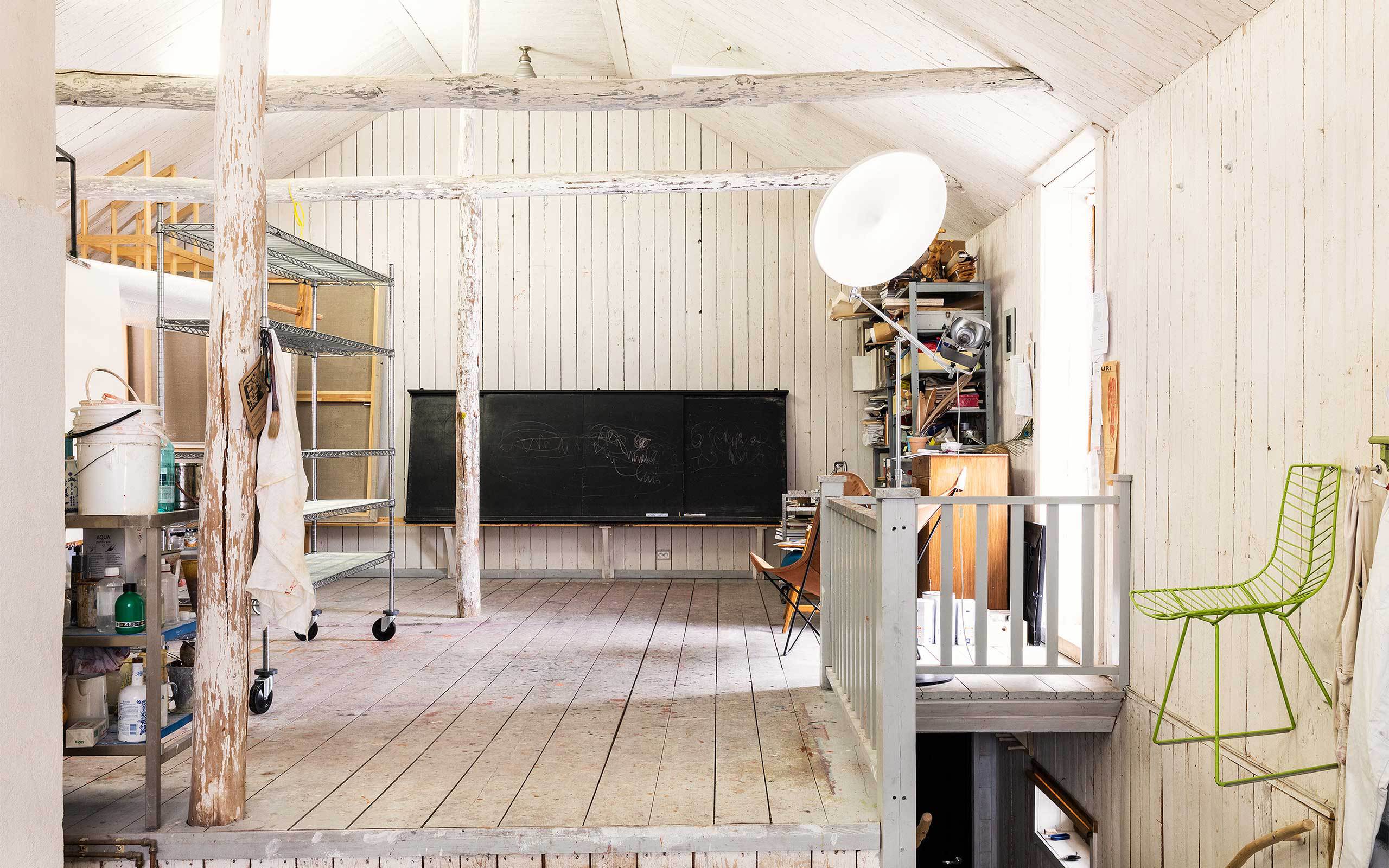
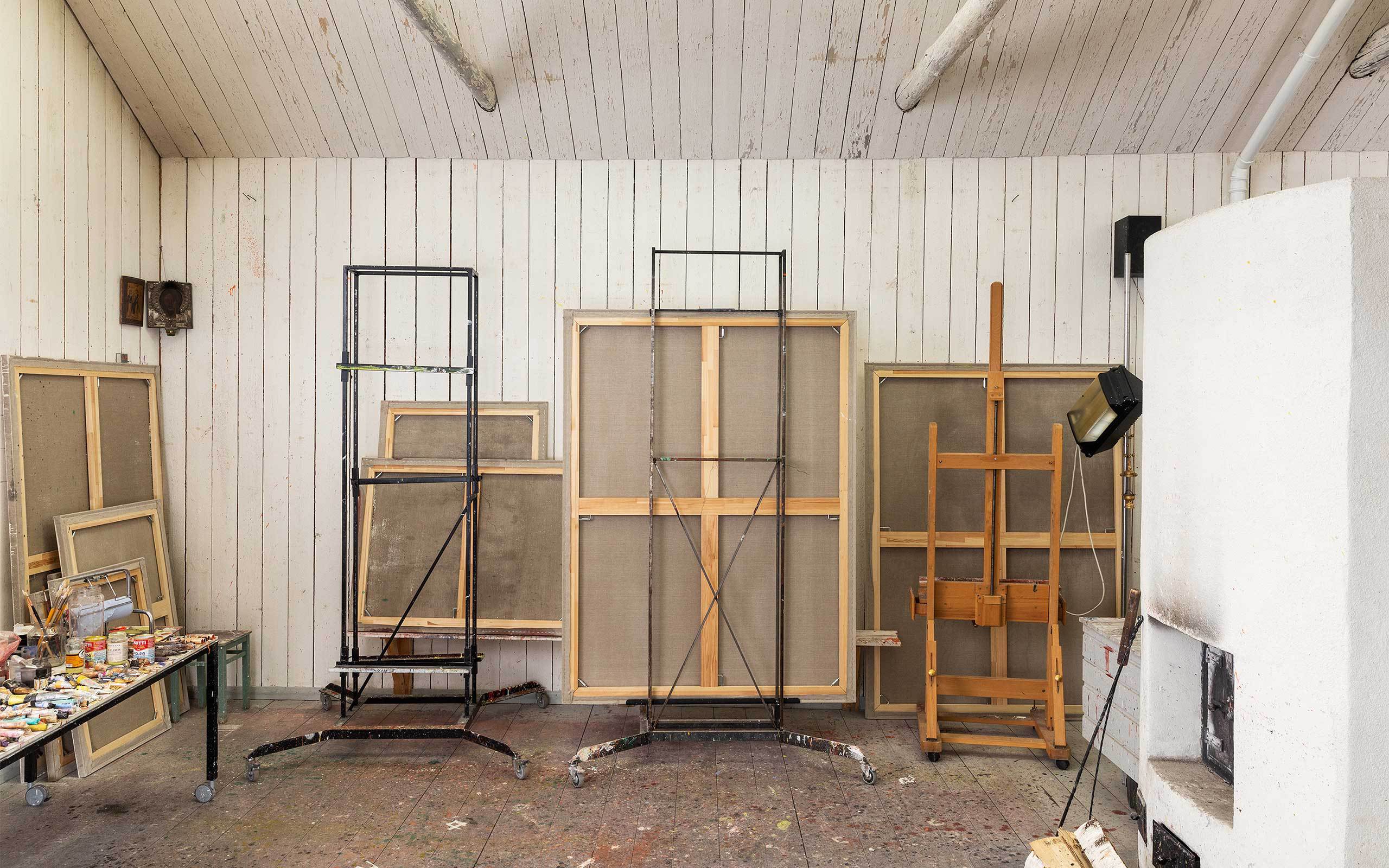
How would you describe the evolution of your artistic interests?
In the early days – when you weren't even born – I was fascinated with the human skull. One summer I took a bunch of skull paintings to the Taidekeskus Salmela art center. I was standing there completely alone. No one wanted to look at my paintings. But I continued painting them for a few years. You stick with one subject and live with it for a while. Then I shifted from painting the living to painting the dead. One piece in particular, where a girl embraces a man who had hung himself was hard to paint. I got so depressed about the things people do that I turned away from that to painting dead animals instead. To me they felt more human than anything that humans were capable of doing. 30 years ago, I found the skull of a deer my father had shot in the garden. Since then, I've received many skulls as gifts. I have skulls from a horse, a pig, a cow, a seal, to name just a few.
You are well known for your mythological creatures. Why did you include them into your repertoire?
Some artworks arise for insane reasons or from specific situations like the one I had around 2005, when a colleague told me that I wasn't able to paint from anything else but a model, which really bothered me. Somehow I was inspired by the Minotaur and Centaur from Greek mythology and felt tremendous joy painting them, because they made me realize that I was indeed able to paint whatever I wanted.
What conditions are you creating for yourself when you are painting?
Often I waste time until I get into working, because it takes time to focus and to get rid of all the distractions. And it helps when my financial situation is stable and I don't find myself in troubles unexpectedly. In order to focus I have to deny myself everything nice, no parties! It is extremely painful. Six months before an exhibition I live in absolute solitude.
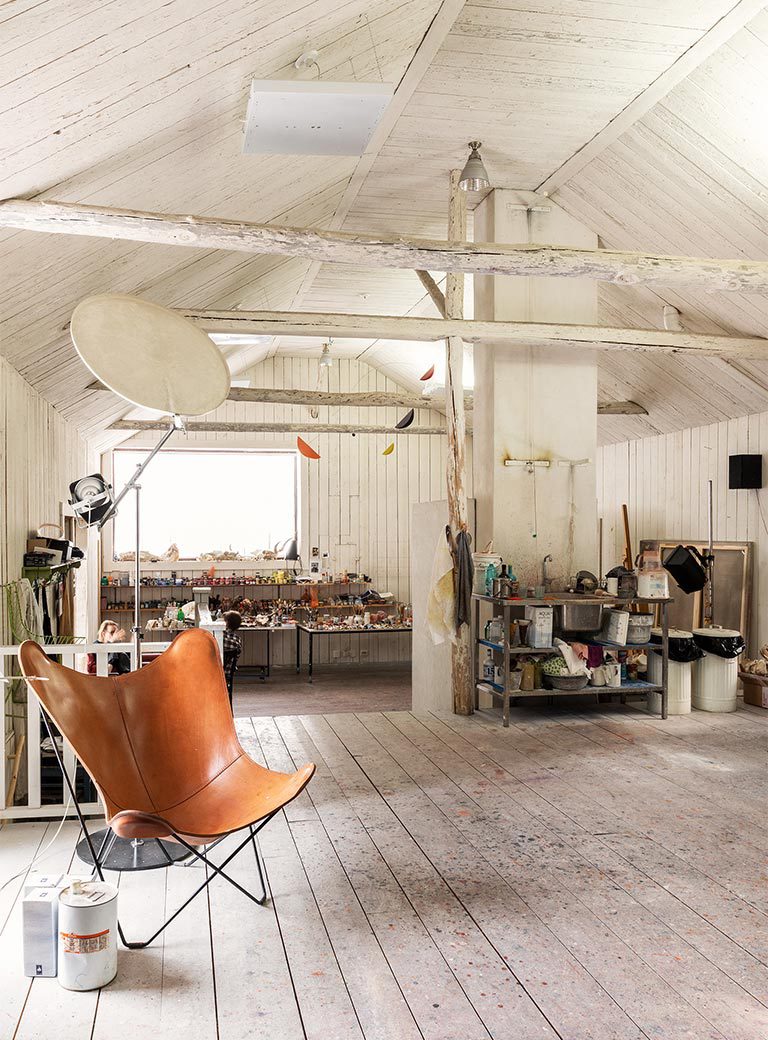
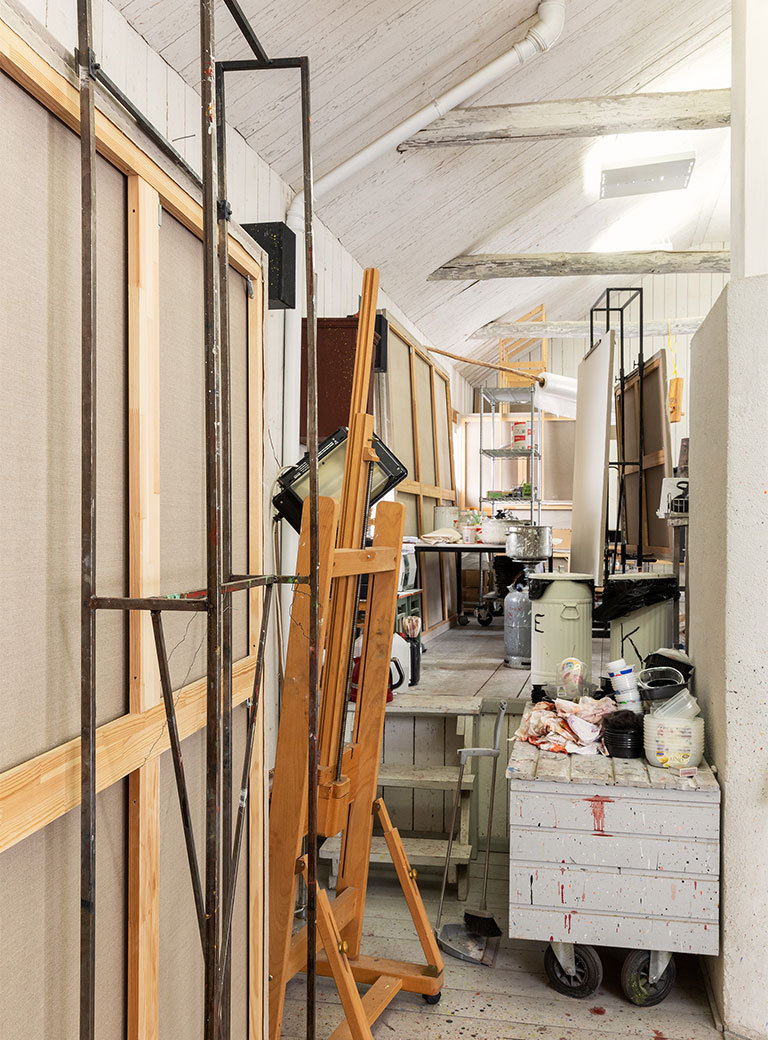
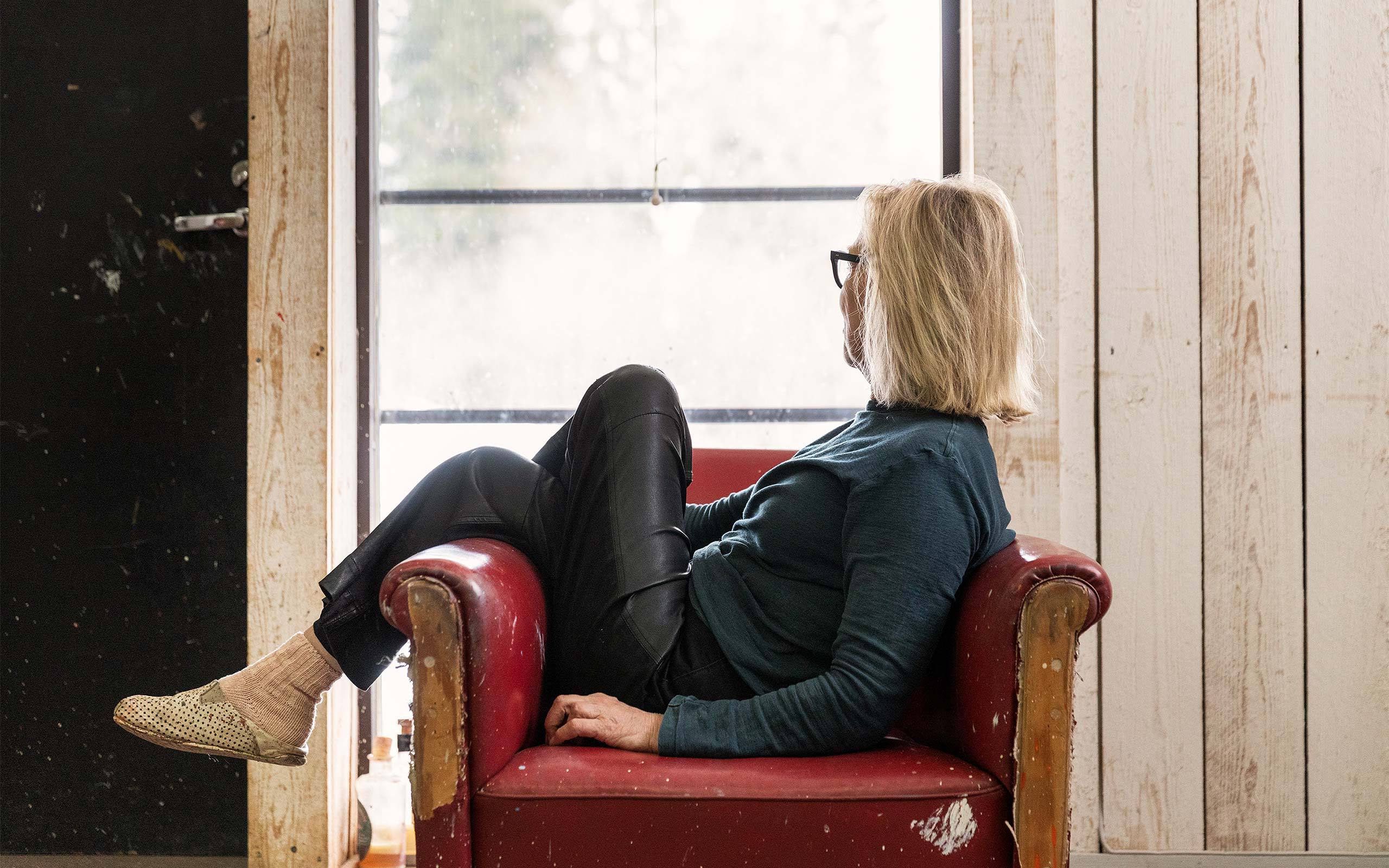
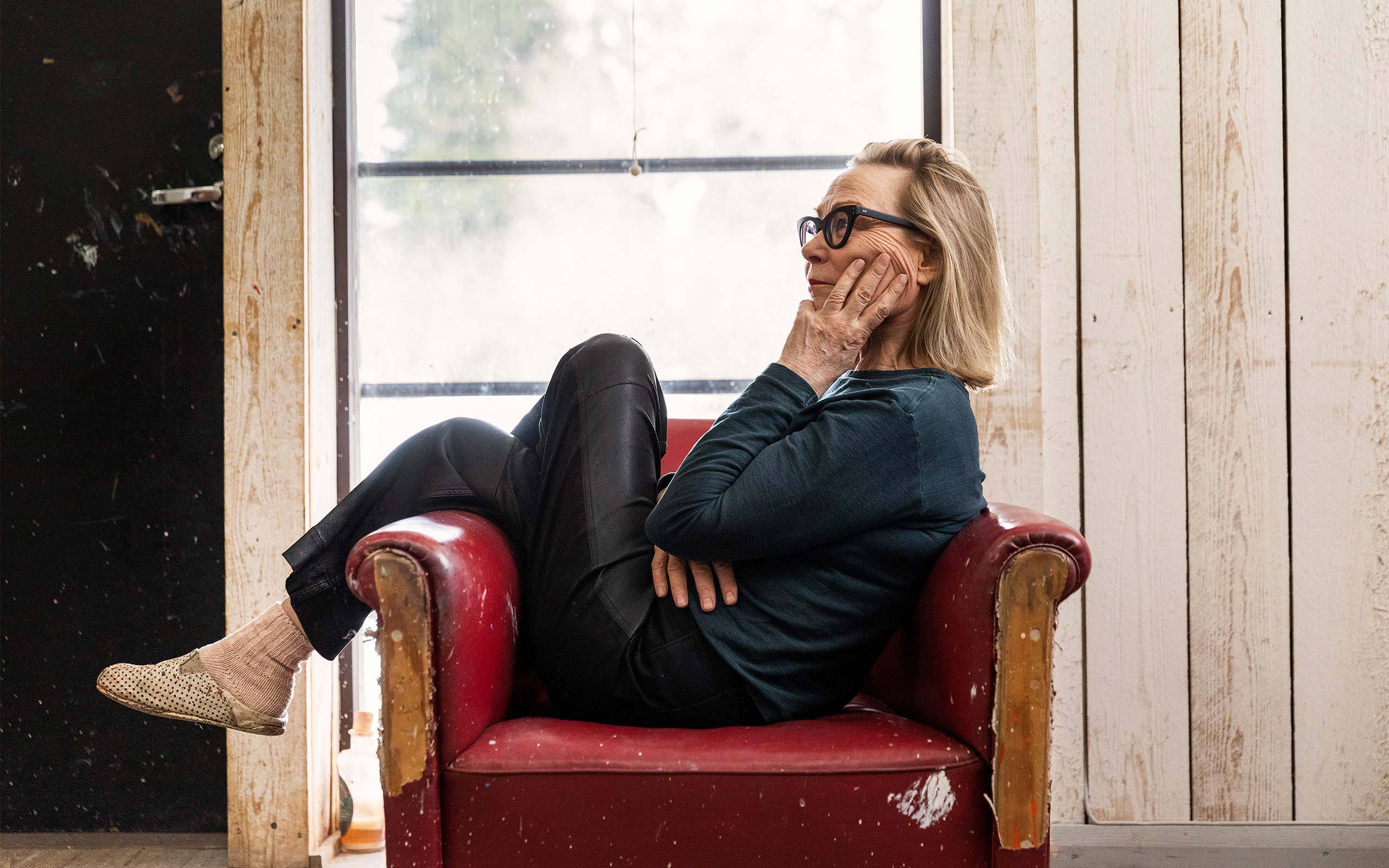
No one ever gets a sneak peek?
I usually don't let anyone see my work before an exhibition, except for perhaps a highly trusted colleague or a friend, which can be helpful when I feel stuck at some point. Already the thought of asking someone to take a look at my work can open my eyes, while on the other hand it can be disastrous to share the art with someone. You are so vulnerable when you are certain of your work but receive criticism. I once destroyed a painting because a colleague criticized it as being merely aesthetic. It was foolish to destroy it, and dreadful. I miss it. All I have left is a photograph of it. In that sense it can be dangerous to have someone external look at an emerging body of work.
You not only work in quite an ancient setting, a threshing house dating from the 17th century, you also paint with tempera, an ancient mixture of paint that dates back to antiquity.
I'm a conservative painter. No one can bring plastic or acrylics into this studio. I trust the old masters, and mix my paint the same way as Caravaggio and Rembrandt mixed theirs. I mix oil, egg, resin and water to bind the pigments. I would recommend the tempera painting technique to younger artists to save them the frustration of the technical limitations of synthetic colors which cannot produce the same shimmer, a specific impression, certain hues and depth of color as can be achieved with the old technique.
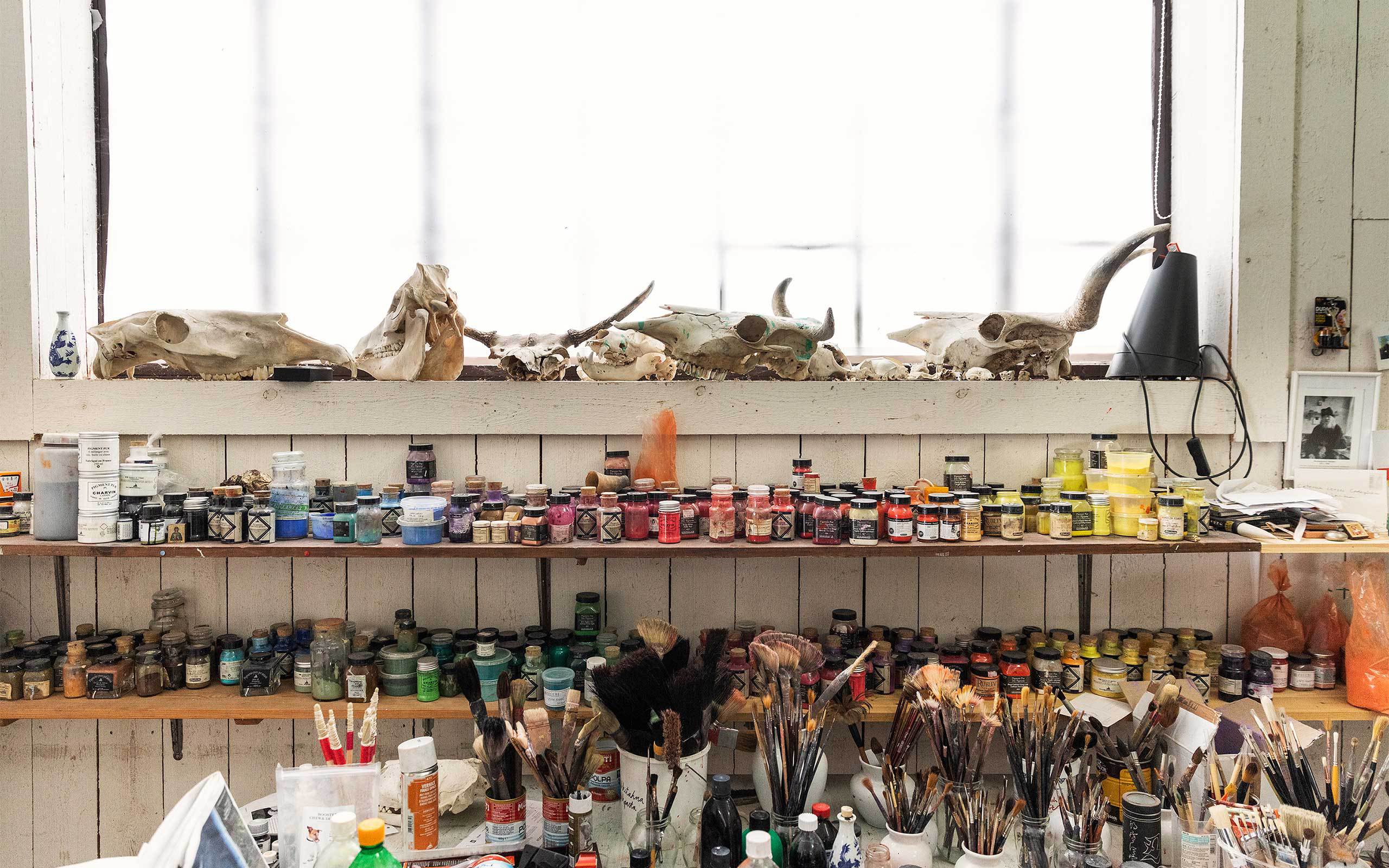
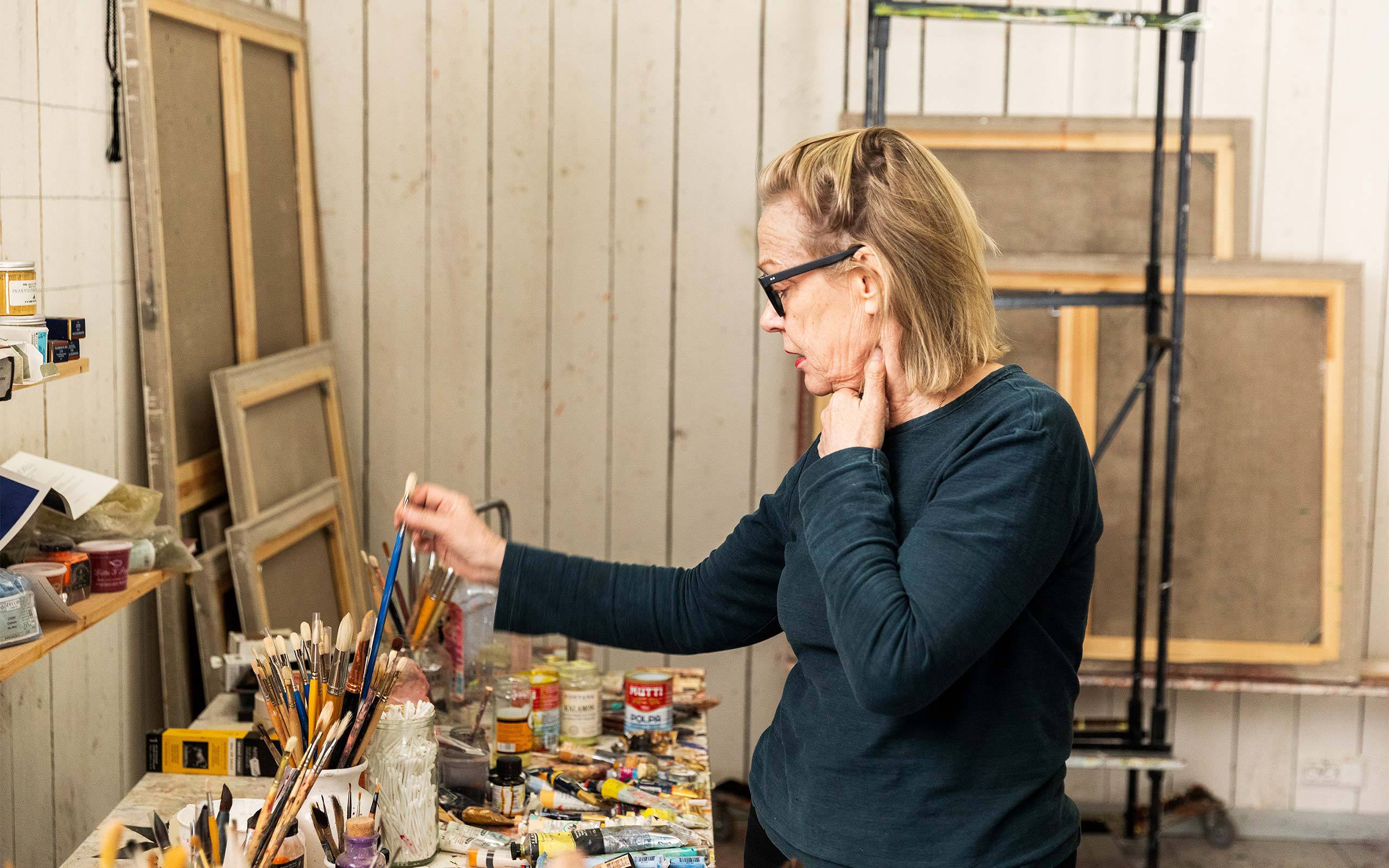
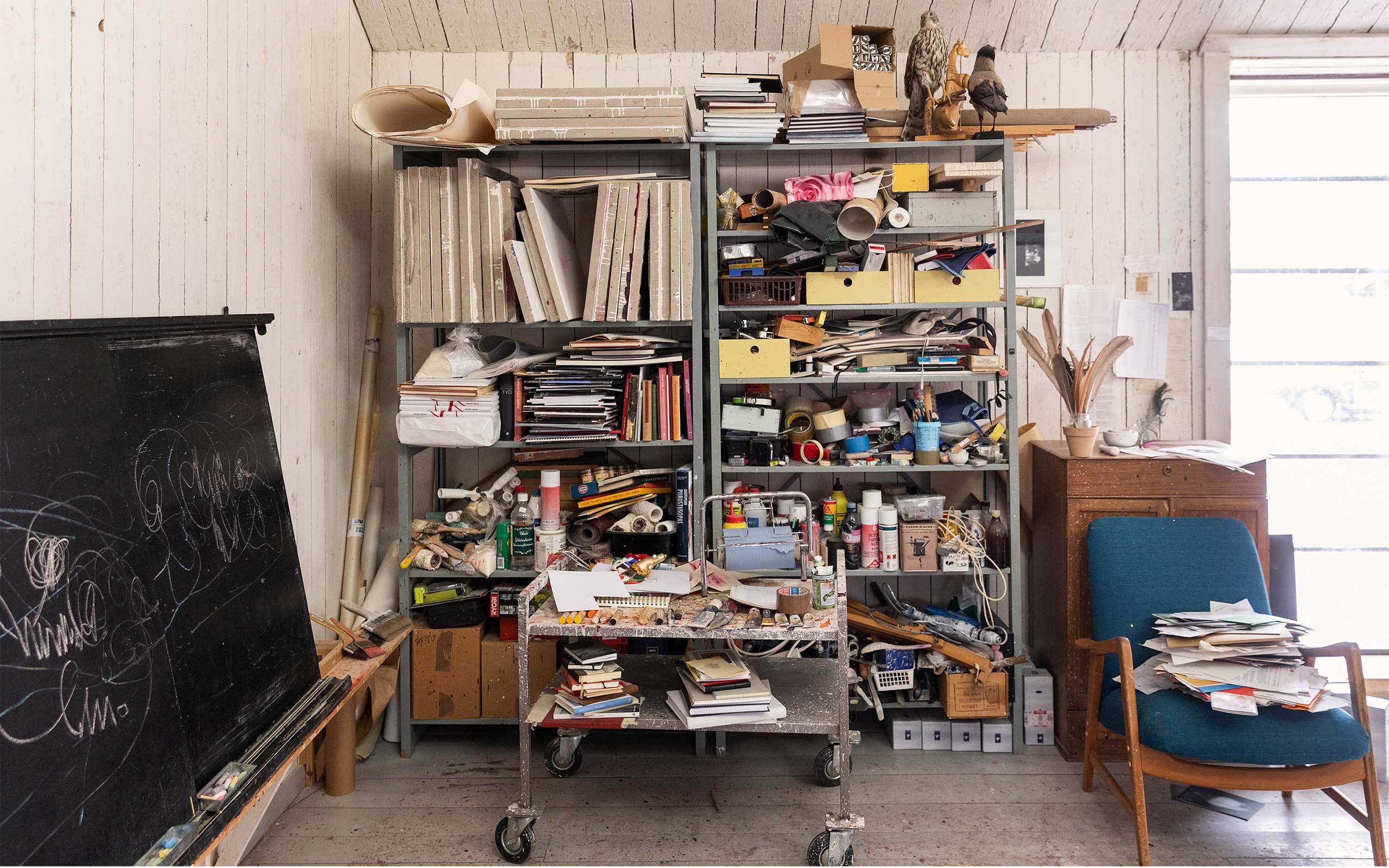
There's a fair amount of blood splatter, death and brutality in more recent art. How did you end up using biblical themes?
During the past two summers I traveled to Italy. Thanks to my new love I was introduced to the art in Florence, Rome, Venice, and Naples. I was deeply touched by the great masters who knew what they were doing! Looking at Caravaggio's Conversion on the Way to Damascus in Rome impacted me so deeply that I painted my own version of it. This painting marks a new beginning for me. I'm very drawn to religious motifs. I can't tell what I have on my mind for the future, but the great old masters have definitely inspired me.
In these paintings you use bright orange and yellow whilst depicting brutal happenings from the Bible. What made you choose these opposites?
You know, words are not a strong medium for someone who has chosen to express herself visually. If you force a visual person to express her- or himself verbally you will get a clumsy, awkward response. Words sometimes diminish things…
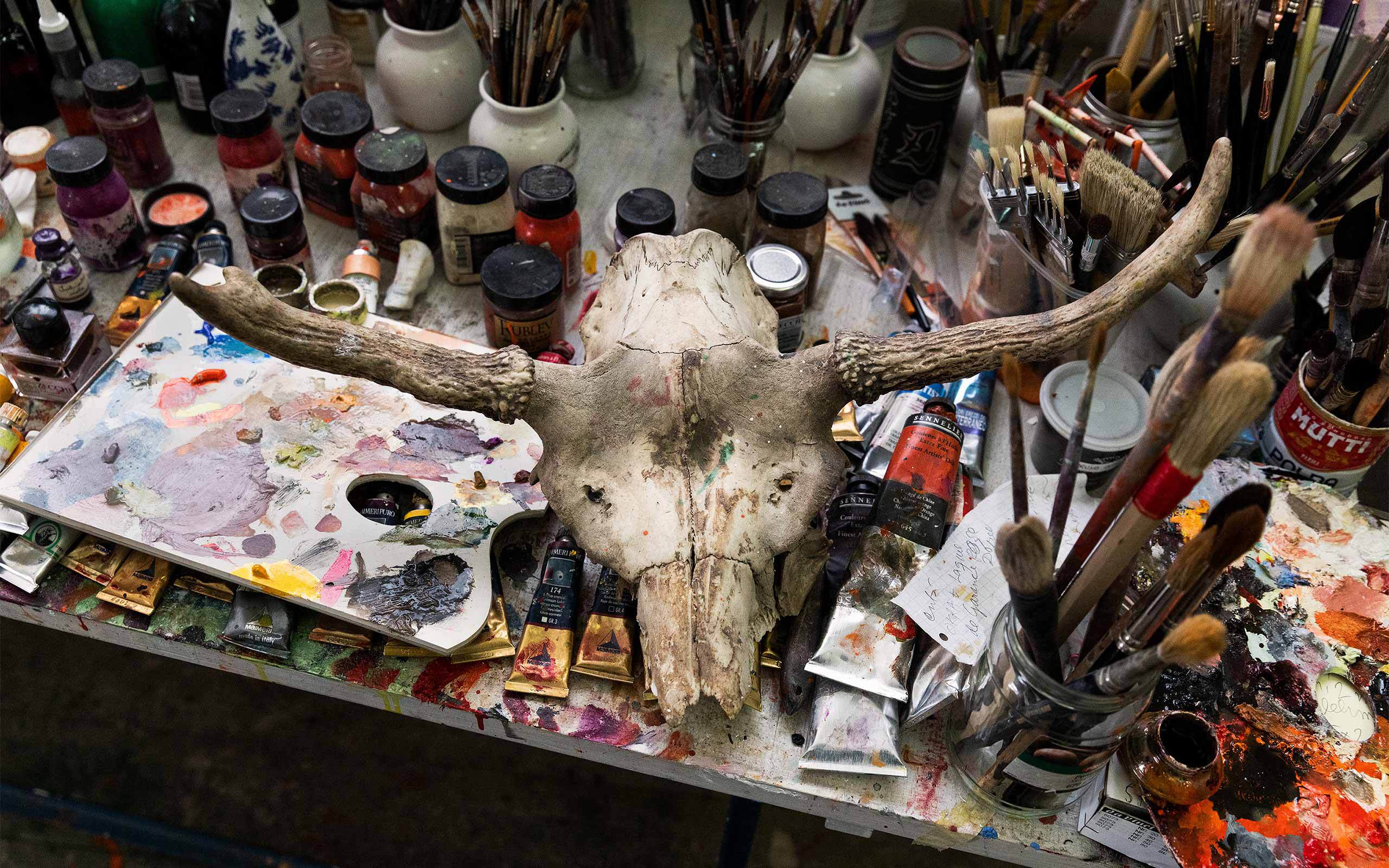
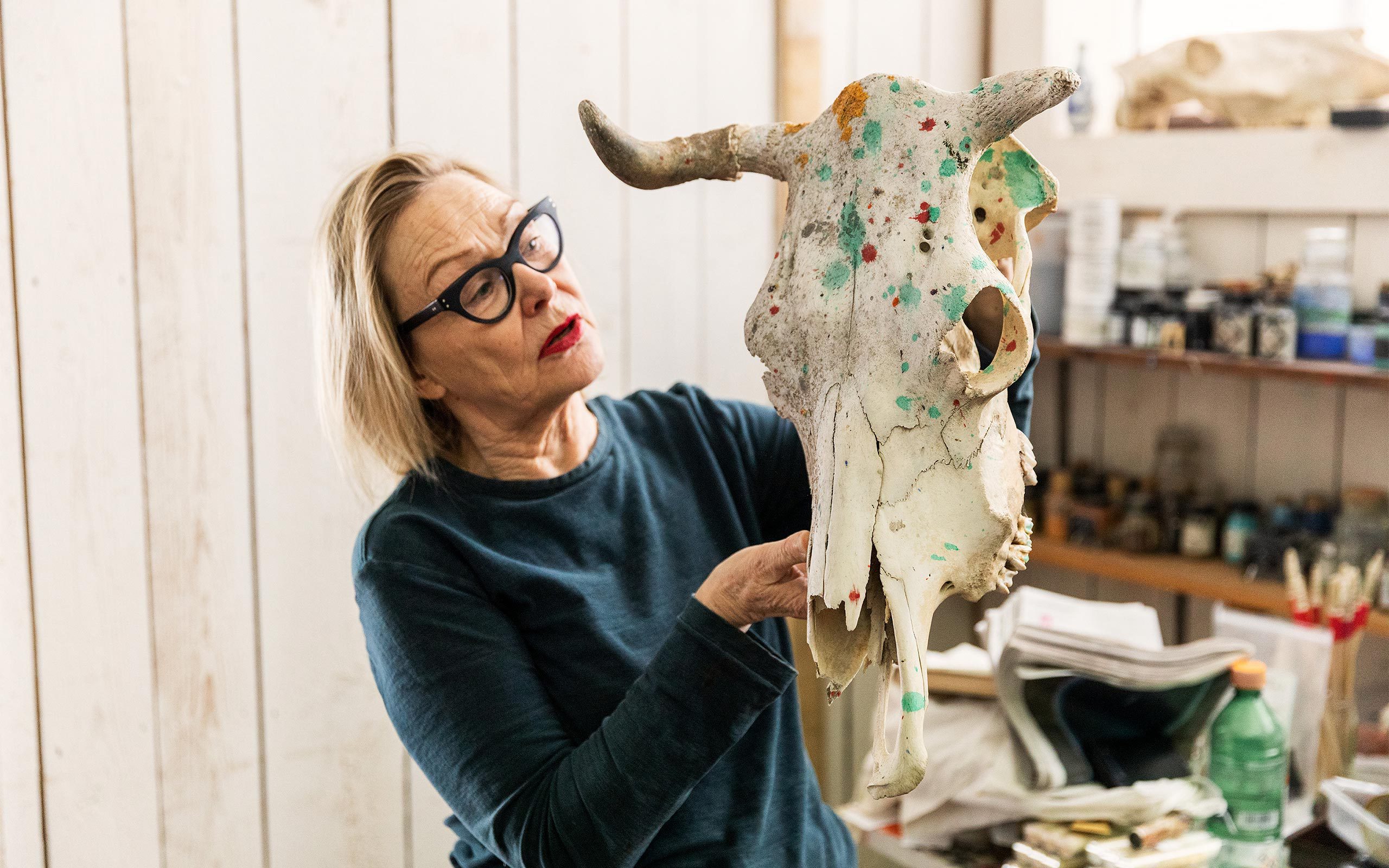
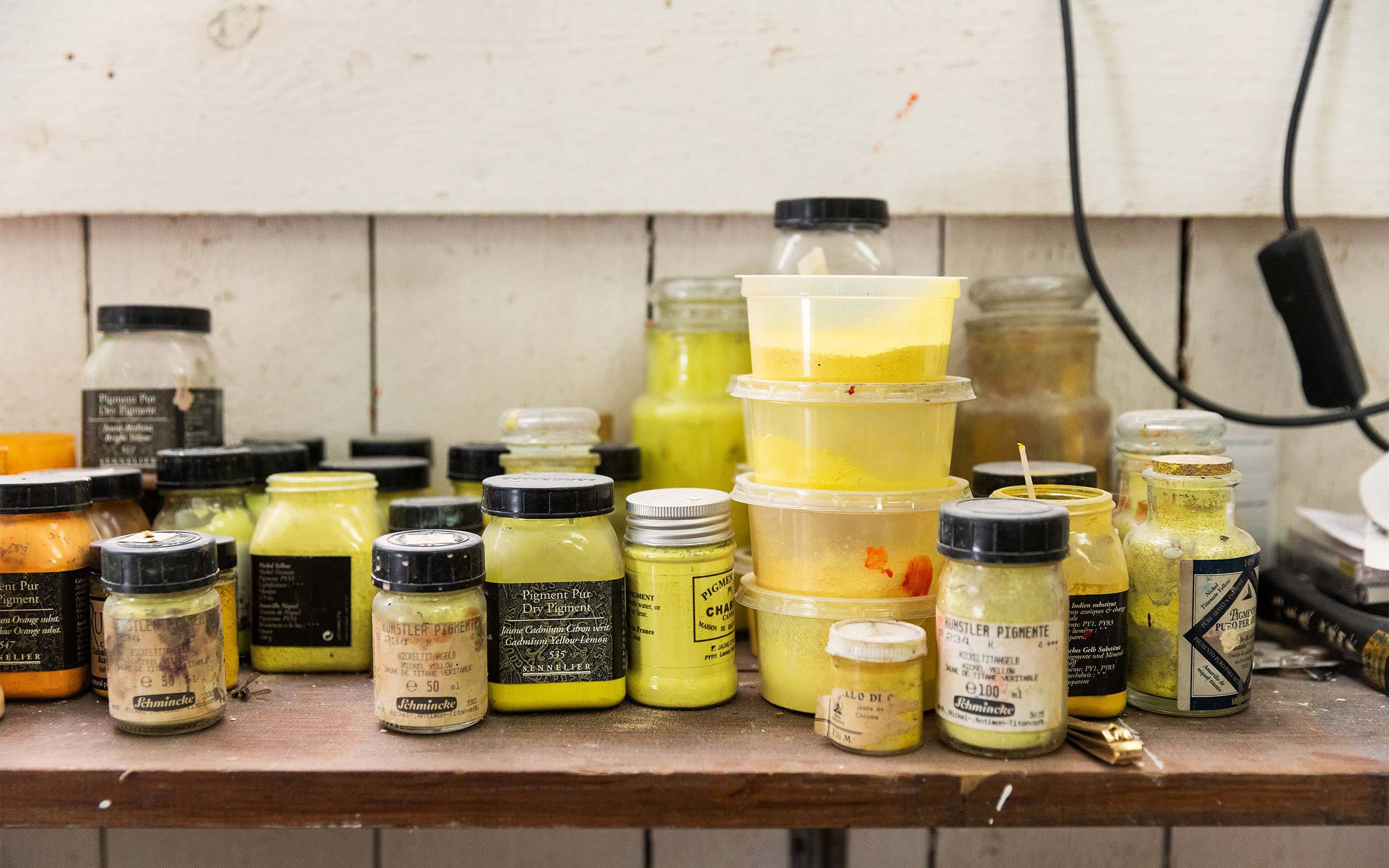
So you follow your intuition when you work?
I follow the flow. When I am onto a good work I instinctively pick up the right brush, choose the right color, the right everything. I have learned that when I have made a mistake I can get myself back on track. But when I am making yet another mistake, then it's time to take a break. I really need to have the best stamina, both physically and mentally.
What kind of mistakes can occur if you don't feel in the right state for painting?
I can produce a wrong line, a line that is unstable or too loose, a wrong composition, have the wrong rhythm, or the wrong kind of brush stroke.
Is there something other than art that can excite you?
There are only two things I actually get excited about: work and life. Right now, I am extremely eager to make new paintings. Lately I was glad reading in the newspaper that Sigrid Schauman (a 20th century Finnish-Swedish artist) had her first exhibition at age 86. I'm fucking young! I just started to get a grip on what I'm doing. And I have this funny feeling that at age 67 I can finally give myself the permission to paint anything.
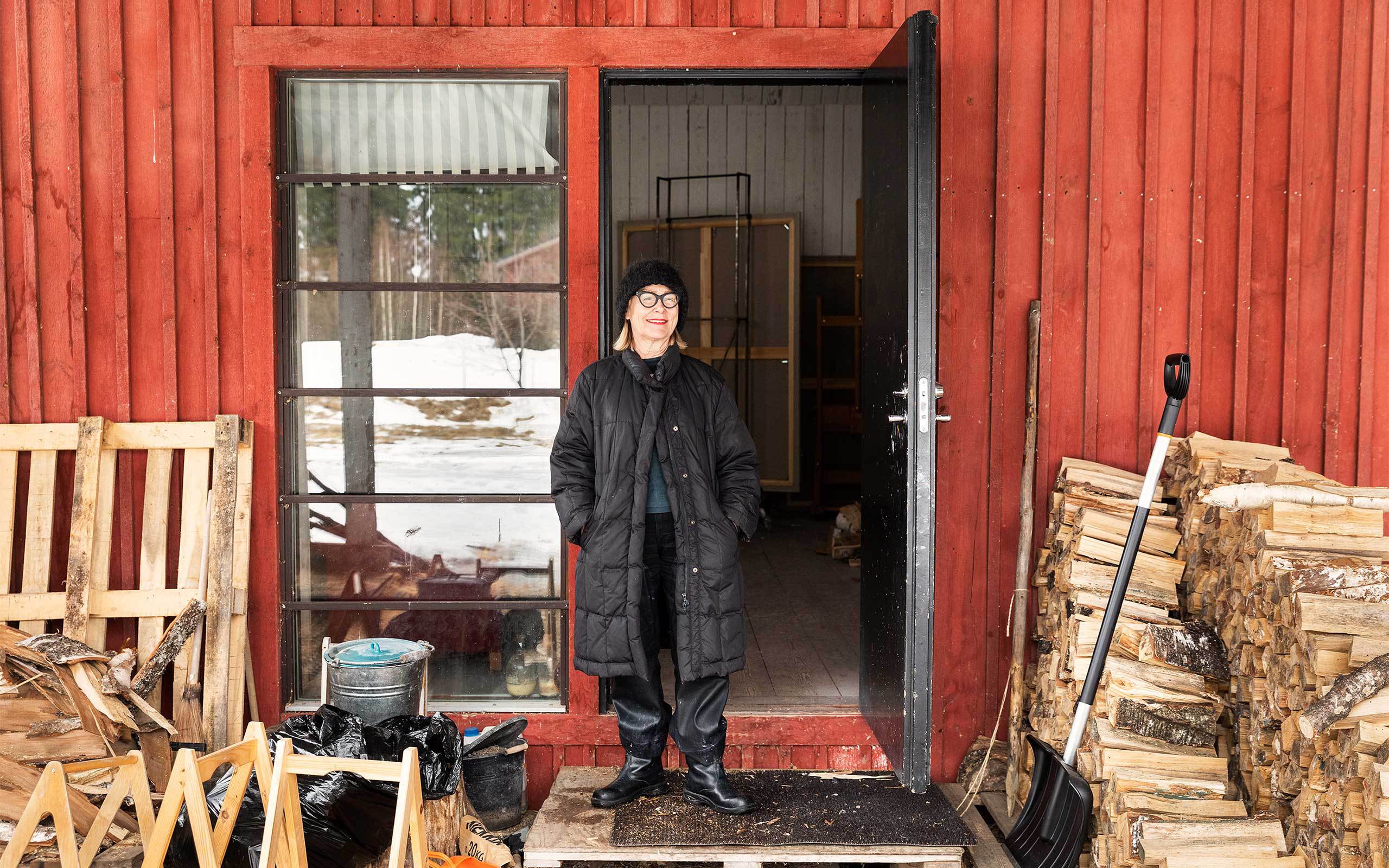
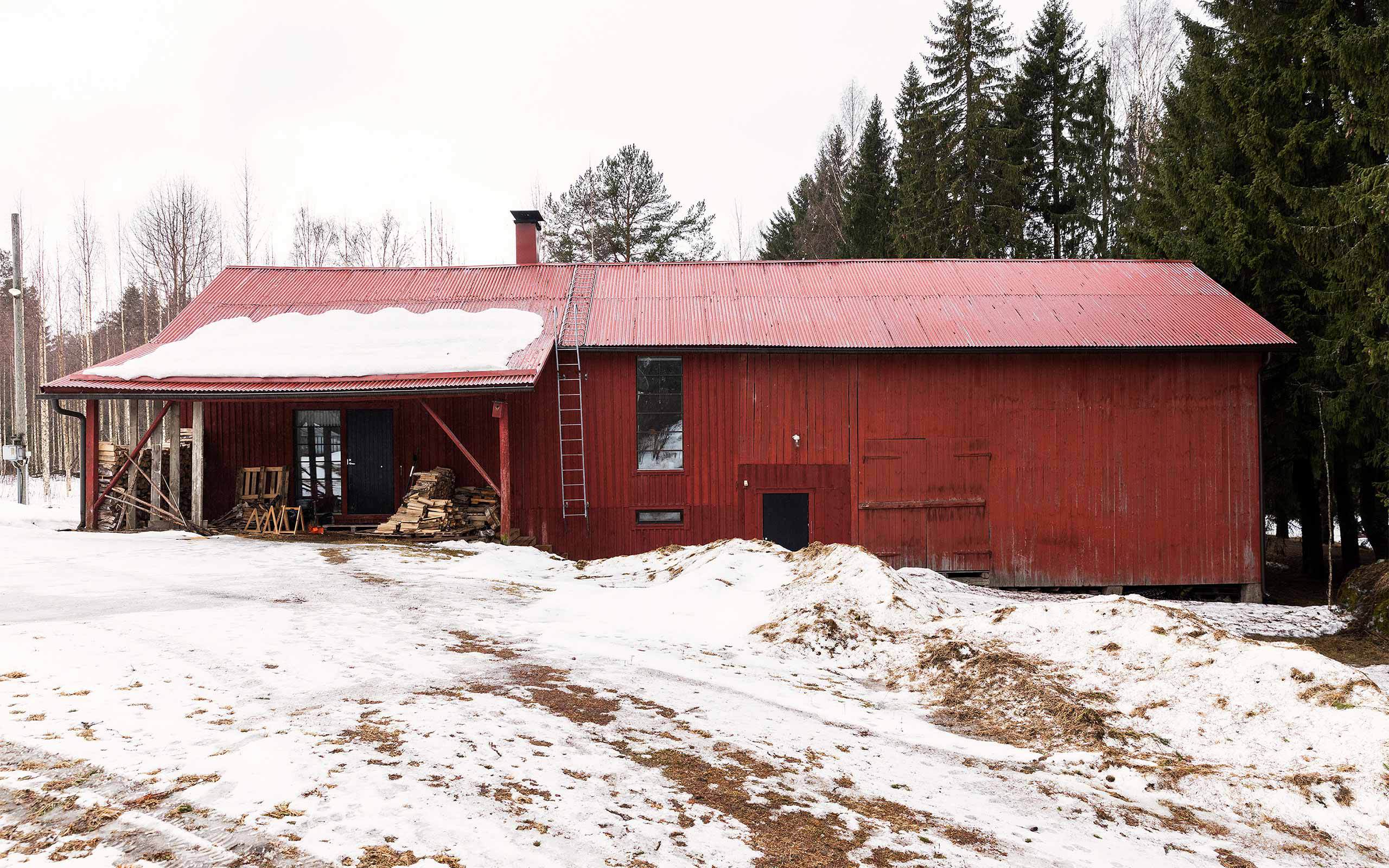
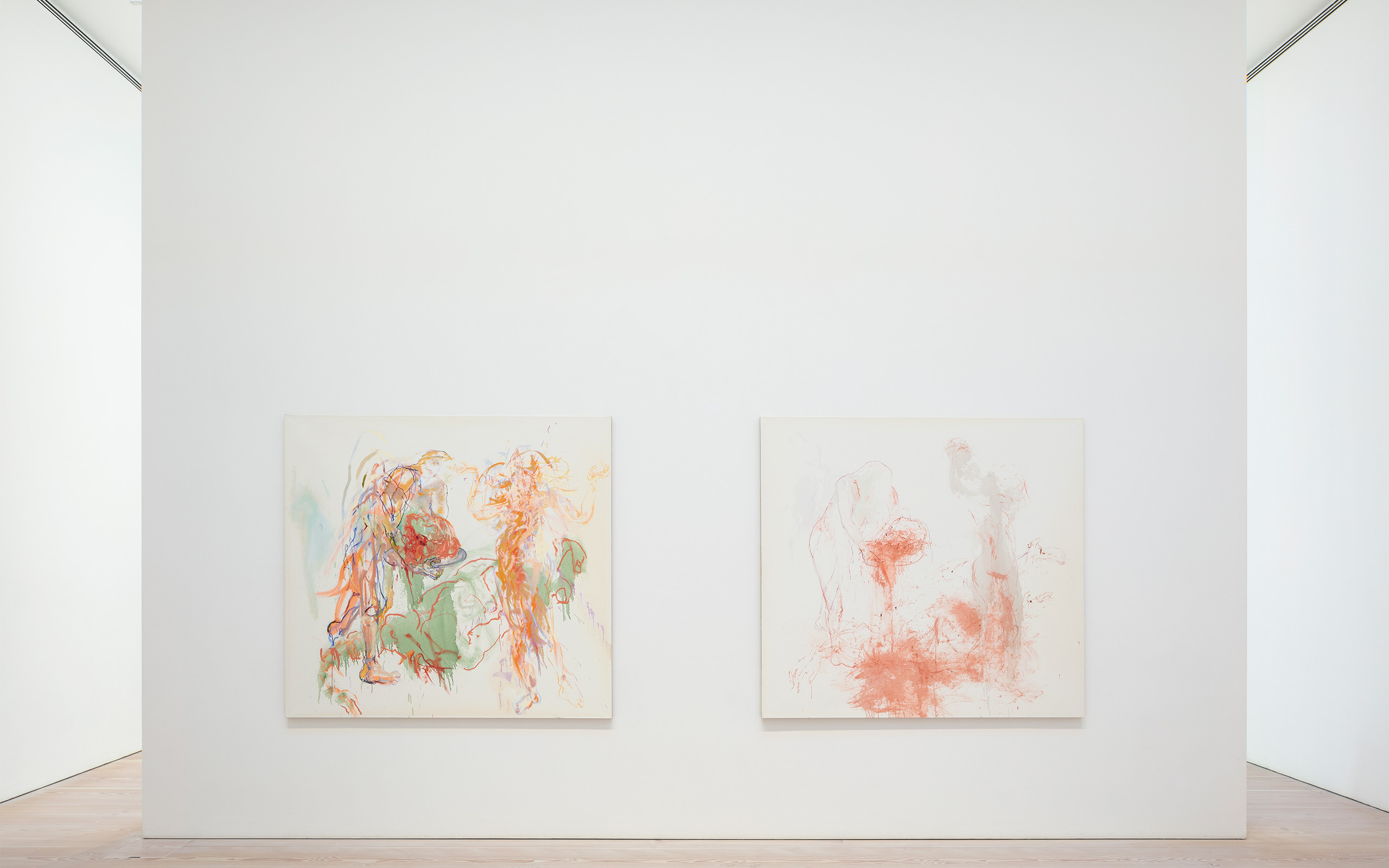
Exhibition view Galerie Forsblom Helsinki
To the left: Johannes Edelläkävijän (Kastajan) mestaus II, to the right: Johannes Edelläkävijän (Kastajan) mestaus I.
Oil on canvas
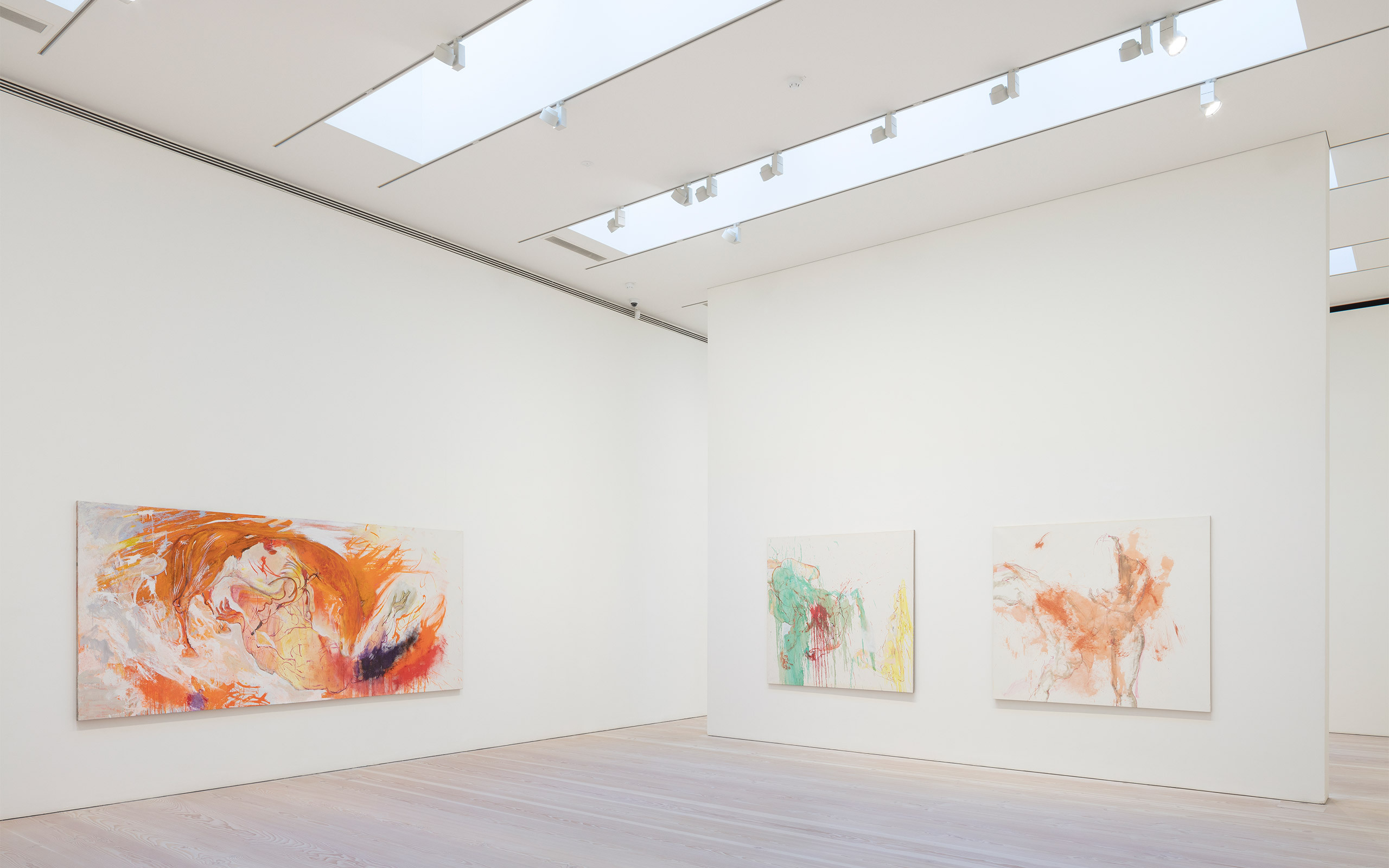
Exhibition view Galerie Forsblom Helsinki
From the left:
Damaskoksen tiellä,
Judith ja Holofernes II,
Judith ja Holofernes I,
Oil on canvas
Interview: Rasmus Kyllönen
Photos: Paavo Lehtonen


